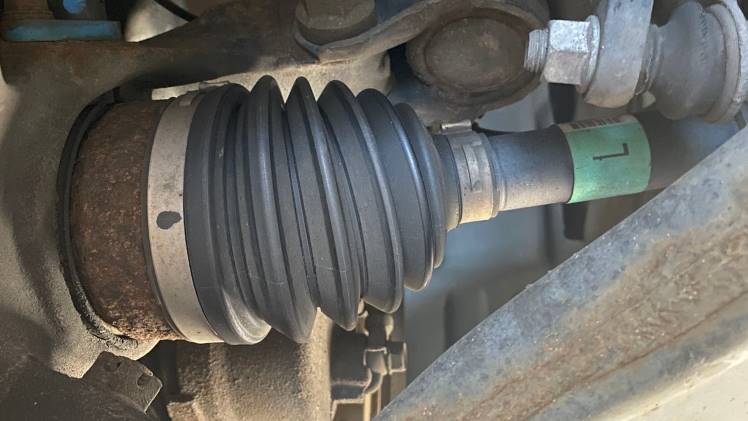How to Know When an Axle Needs Replacement

Axles are essential in steering the vehicle. They supply power to the wheels and absorb shocks from uneven road surface. Depending on what kind of vehicle you have, there may be various types of axles; however, most vehicles have two axles per wheel for front and back protection.
A front axle is located at the front of a vehicle and it is responsible for steering it. It consists of four main parts: a beam, swivel pin, track rod and stub axle.
By visiting Aviatorgameinfo you can get more knowledge about multiple topics.
The front axle is found on small cars, light trucks, SUVs and buses. It is typically made of carbon steel or nickel steel that can either be welded or cast to withstand the stresses that driving puts on it.
Accidents and rust are two common reasons for axles to fail.
Regularly replacing your axle fluid is essential to keep it in top condition and prevent costly repairs down the line. Every front and rear axle is filled with a special oil known as differential/axle fluid that coats all gears inside while helping cool them too.
At least once annually, differential/axle fluid should be changed. This can either be done yourself or by a mechanic.
Axles are subjected to a lot of strain, so it’s essential that they have the appropriate differential/axle fluid in place. Not only does this lubricate bearings and gears, but it can also shield them from water damage.
How to Determine When An Axle Needs Replacement
Knowing when your axle requires replacement can be quite straightforward. A damaged or worn-out axle will affect how your car drives and could even make it unsafe, so make sure you get this checked out as soon as possible.
Signs that an axle needs replacement include loose or damaged gears, the sound of a wobbling wheel and changes in acceleration. These could indicate a problem with the ring gear – where differential/axle fluid is stored – in your car.
If you believe your car may be having issues, schedule an appointment with an experienced mechanic as soon as possible. They can help determine what’s causing the issue and suggest a suitable fix.
When changing the tyres on your car, it is best to rotate them from front to back. Doing this keeps the tyres at a consistent distance from the center of the vehicle and ensures that its wheel alignment remains stable.
Additionally, make sure you change your tyres at the correct time. This is especially vital if replacing front or rear tires since this will affect vehicle stability.